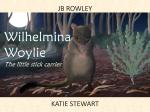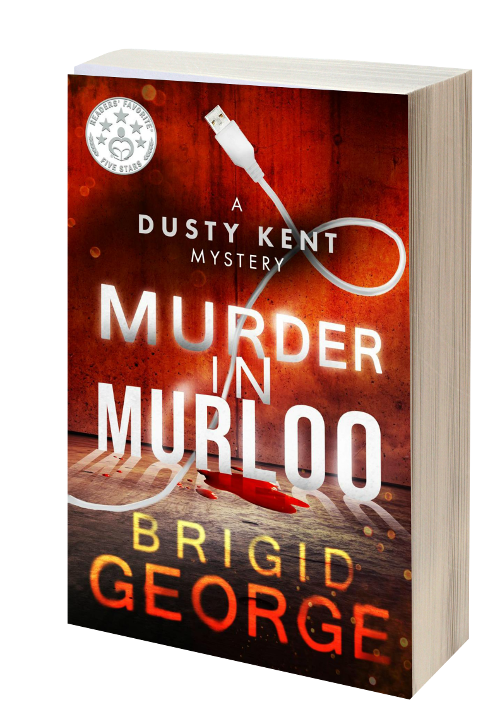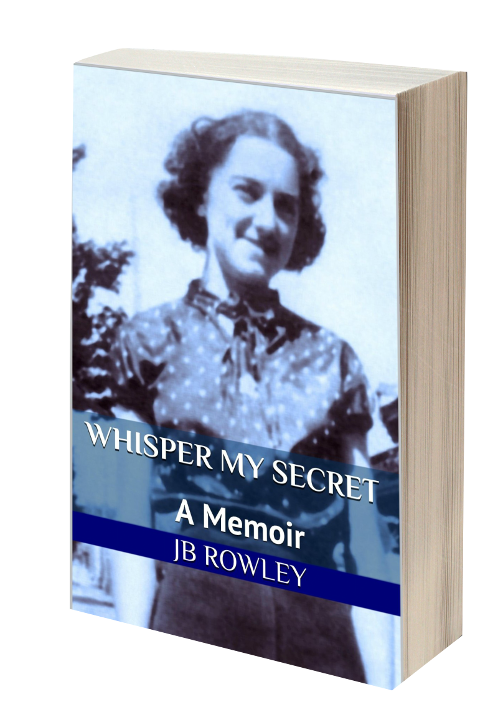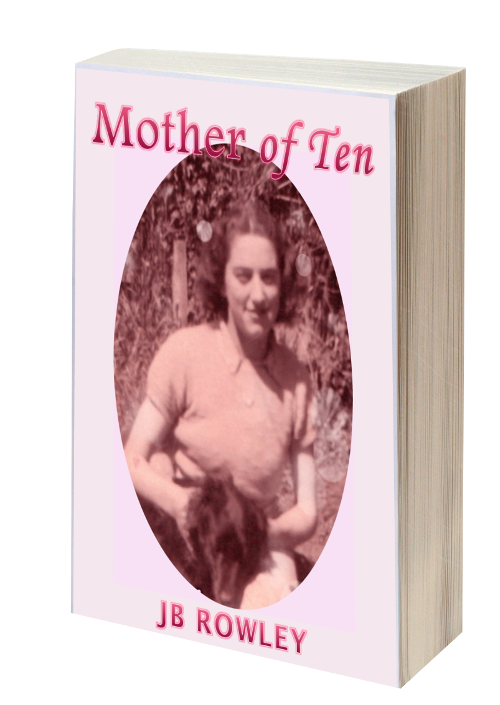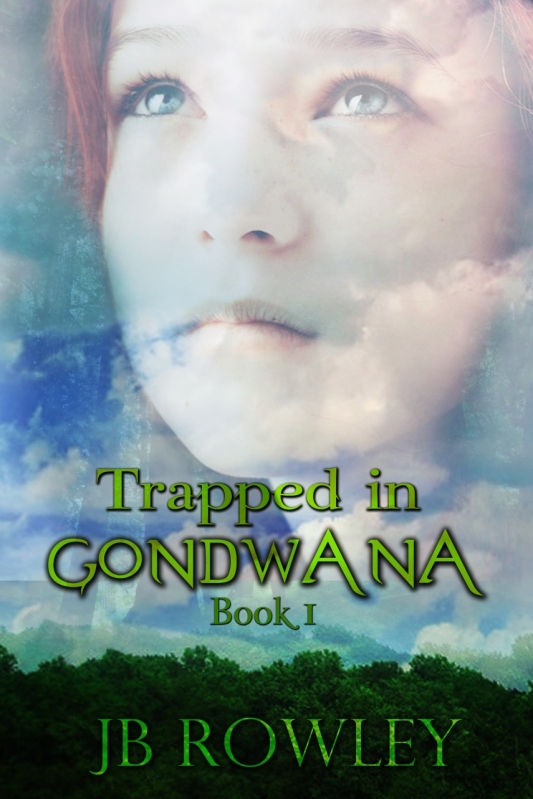Diversity is a good policy but when it is stretched to absurdity it becomes disrespectful to minority groups as well as to the art of storytelling.
In fact, an excessive display of diversity is an affront to storytelling. Some of my once-favourite shows have been ruined for me because of this sort of excessive application of diversity. When we watch a film/TV show that parades a representative of one minority group after another across the screen in a patronising declaration of the producer’s political correctness, a drama becomes a farce. It also comes across as contrived and, as such, takes the viewer out of the story. Instead of being absorbed in the story the reader/viewer is likely to become an onlooker taking stock of the incidences of the number of minority groups represented. The same thing happens when an author crudely applies ‘political correctness’.
I wonder if story-makers who drench stories with diversity are expressing their frustration at politically correct advocates with sarcasm. ‘Right. You wanted minority groups. You got minority groups!’
The first responsibility of storytellers and story makers is to the story. Given that story is a vital part of being human and essential to the human psyche that’s a sacred responsibility.
Rather than include diversity as a matter of course, story makers need to maintain their right to evaluate whether diversity is appropriate to a particular story rather than simply rubber-stamping it. If diversity is appropriate, what elements are pertinent – for the storyline, for the time period, for the setting? There may be times when including a representative of minority groups is not appropriate. Storytellers and film makers need to respect the story enough to make that call.
Apart from lack of consideration for the story, story makers who rush to include diversity for diversity’s sake also demonstrate lack of respect for the people of diverse groups. Parading minority representatives ‘circus style’ across the screen (or the page) is akin to the bad old days when people who were different were ‘on show’ in tents. It is disrespectful as well as patronising. Furthermore, inclusion of diversity without appropriate consideration becomes tokenism.
Surely we can embrace diversity and do it appropriately and respectfully.
JB Rowley November 2023

